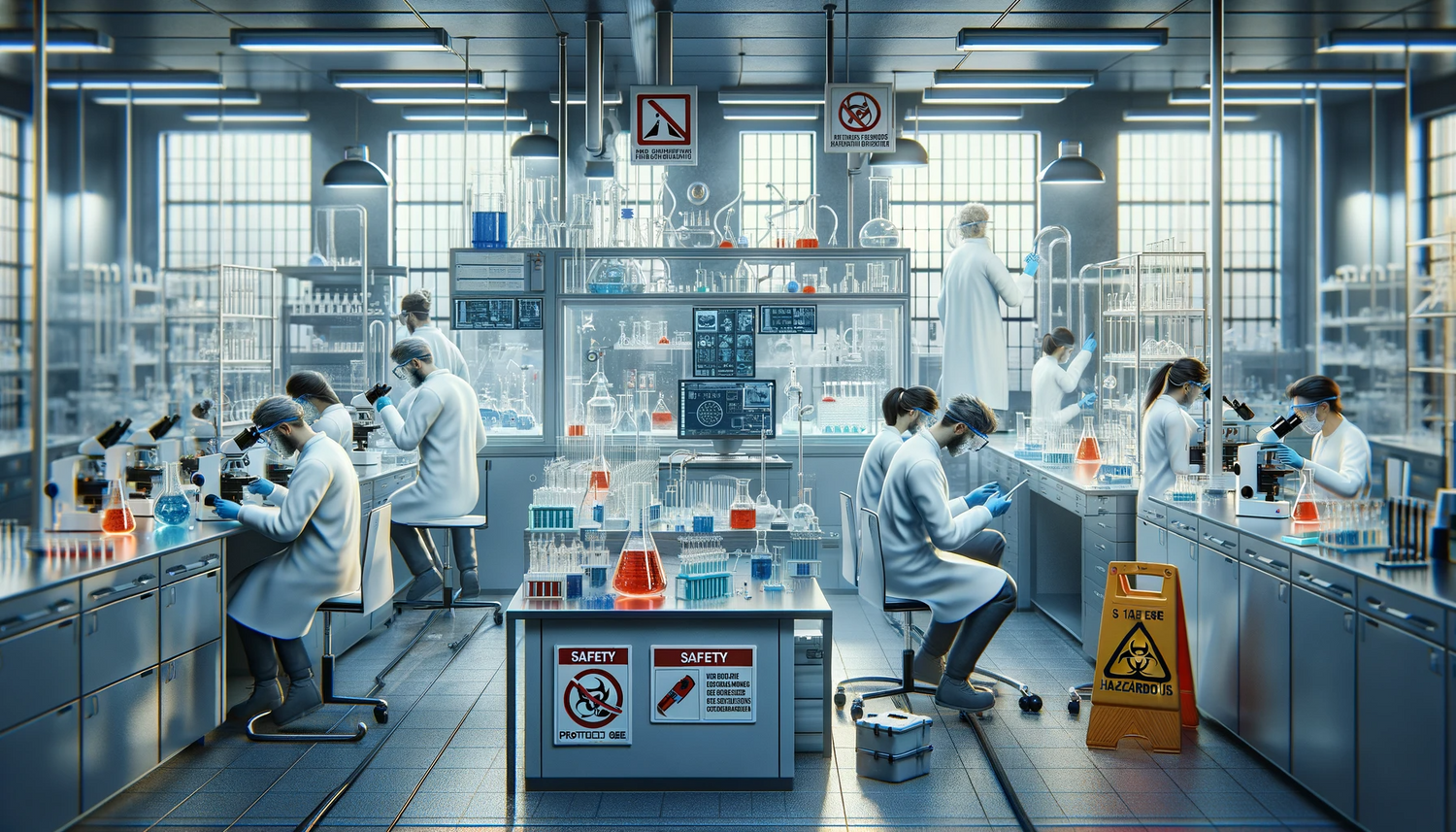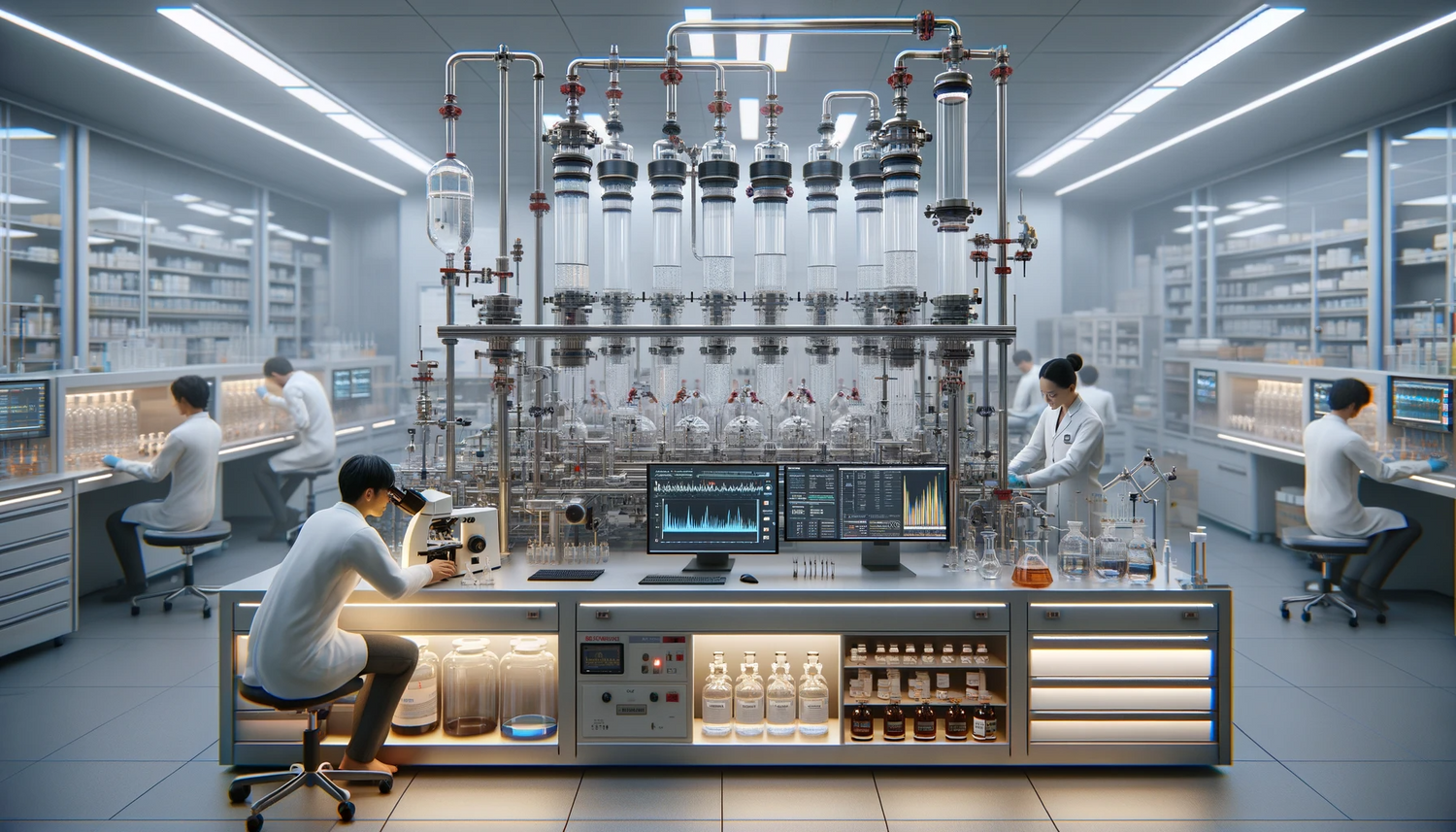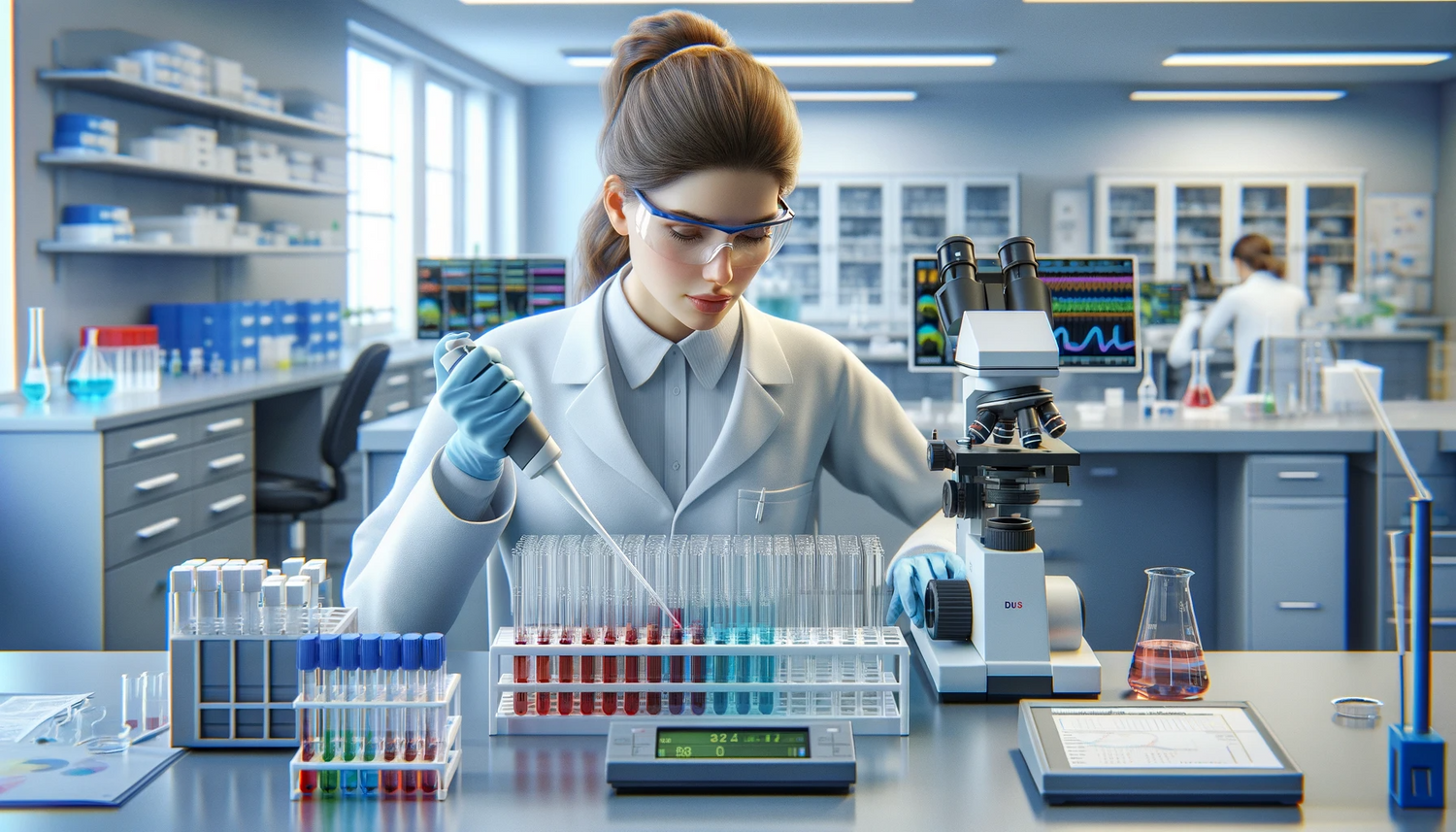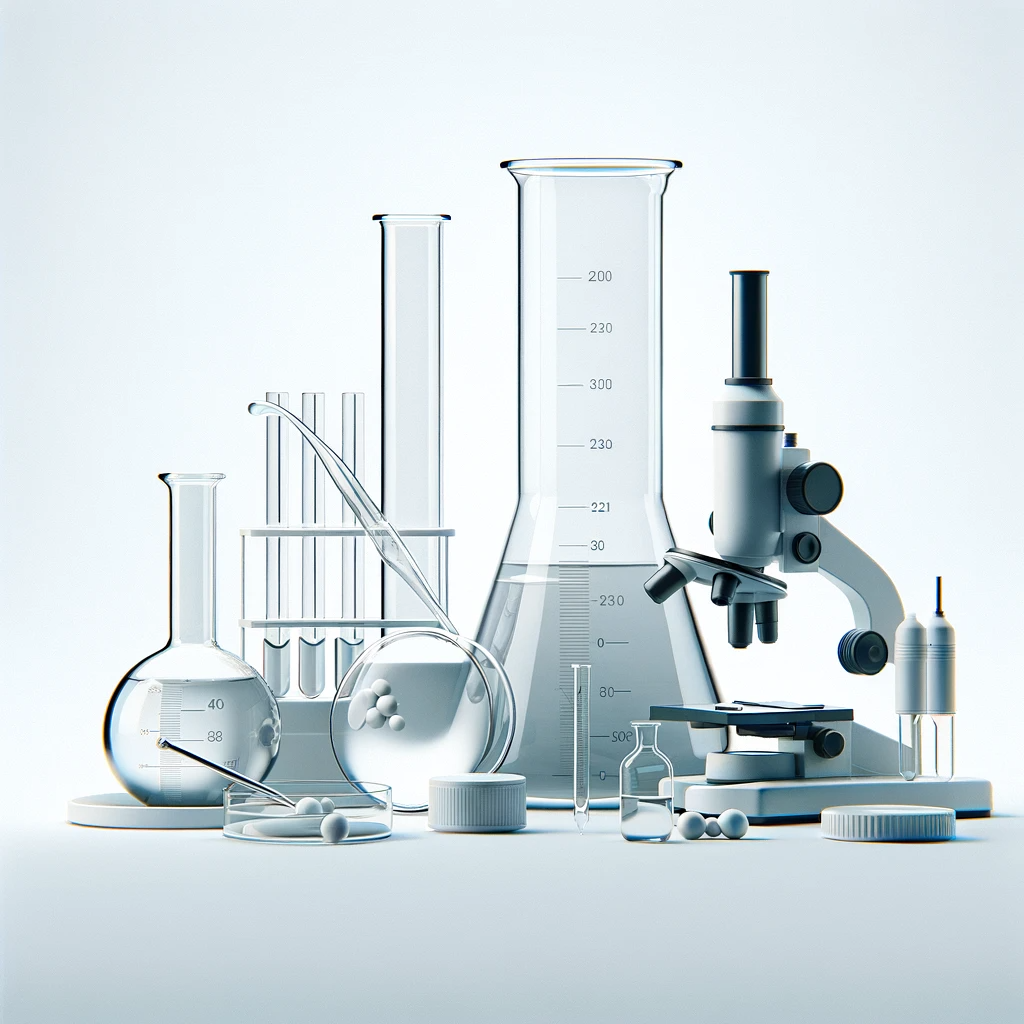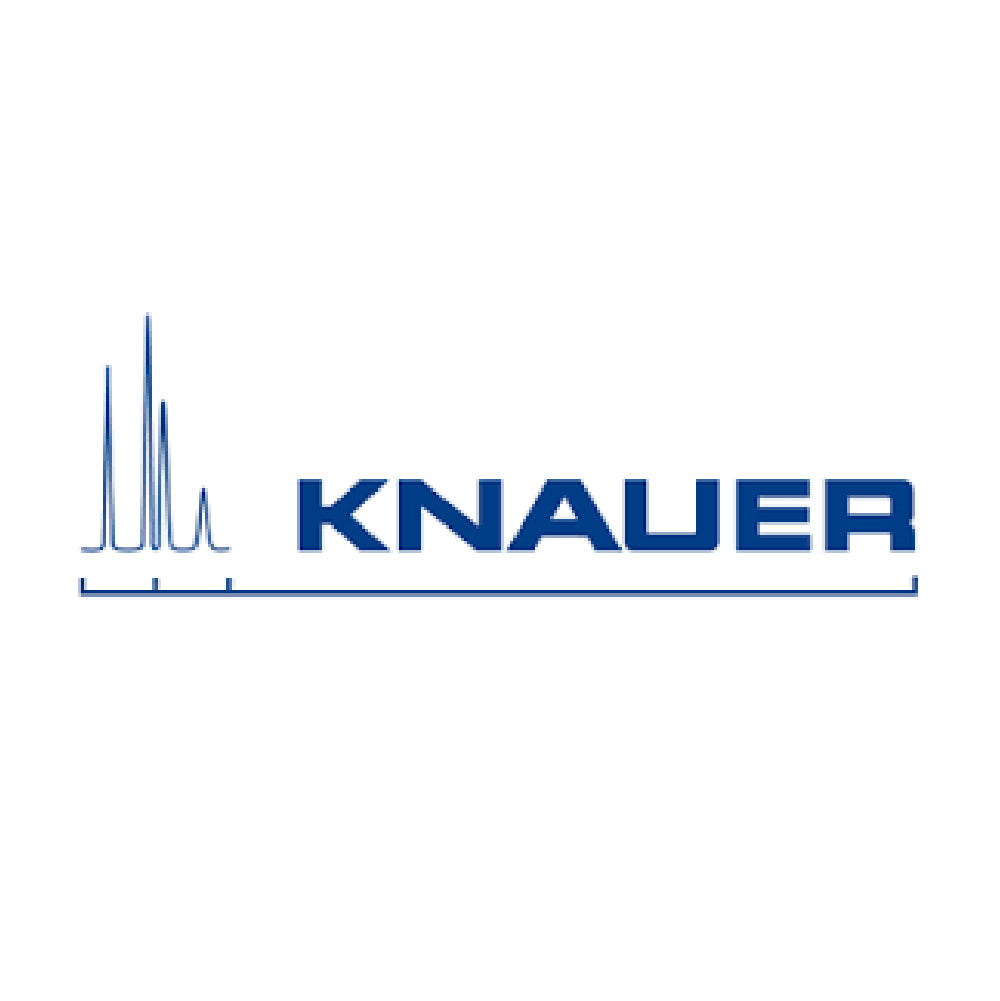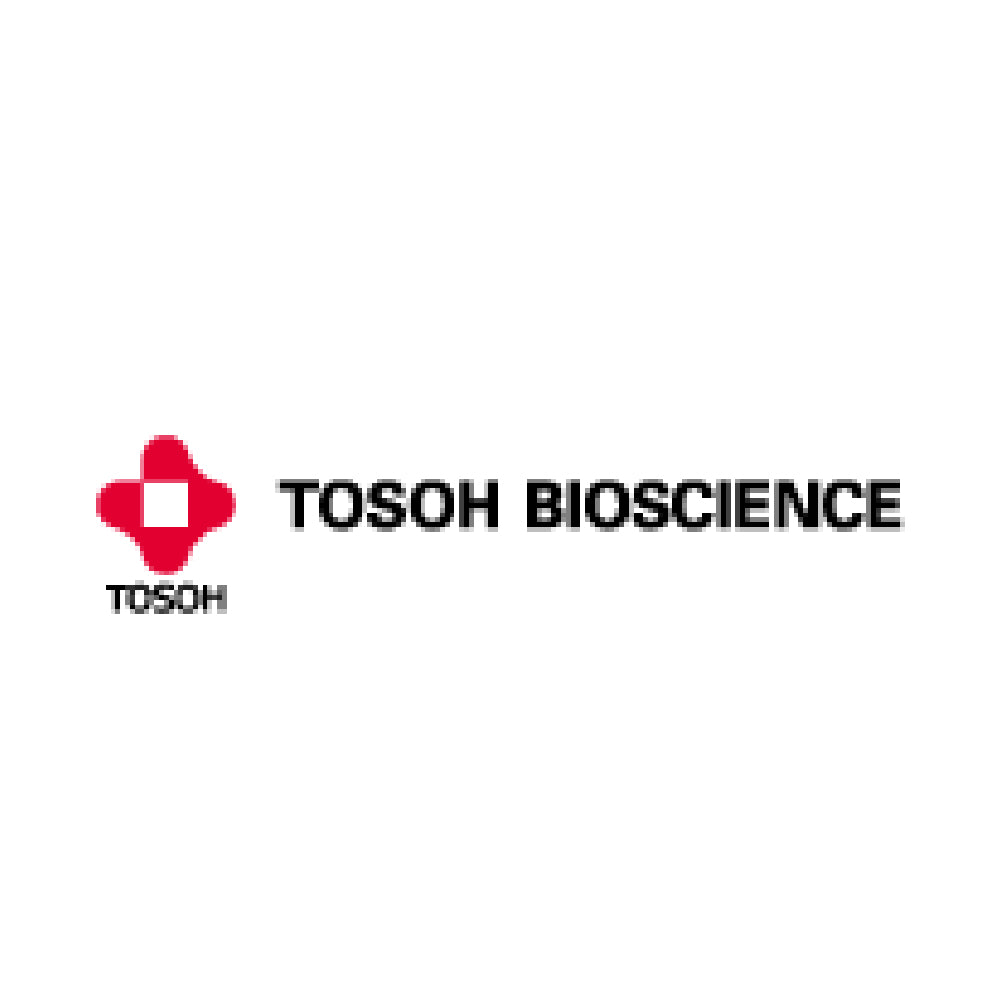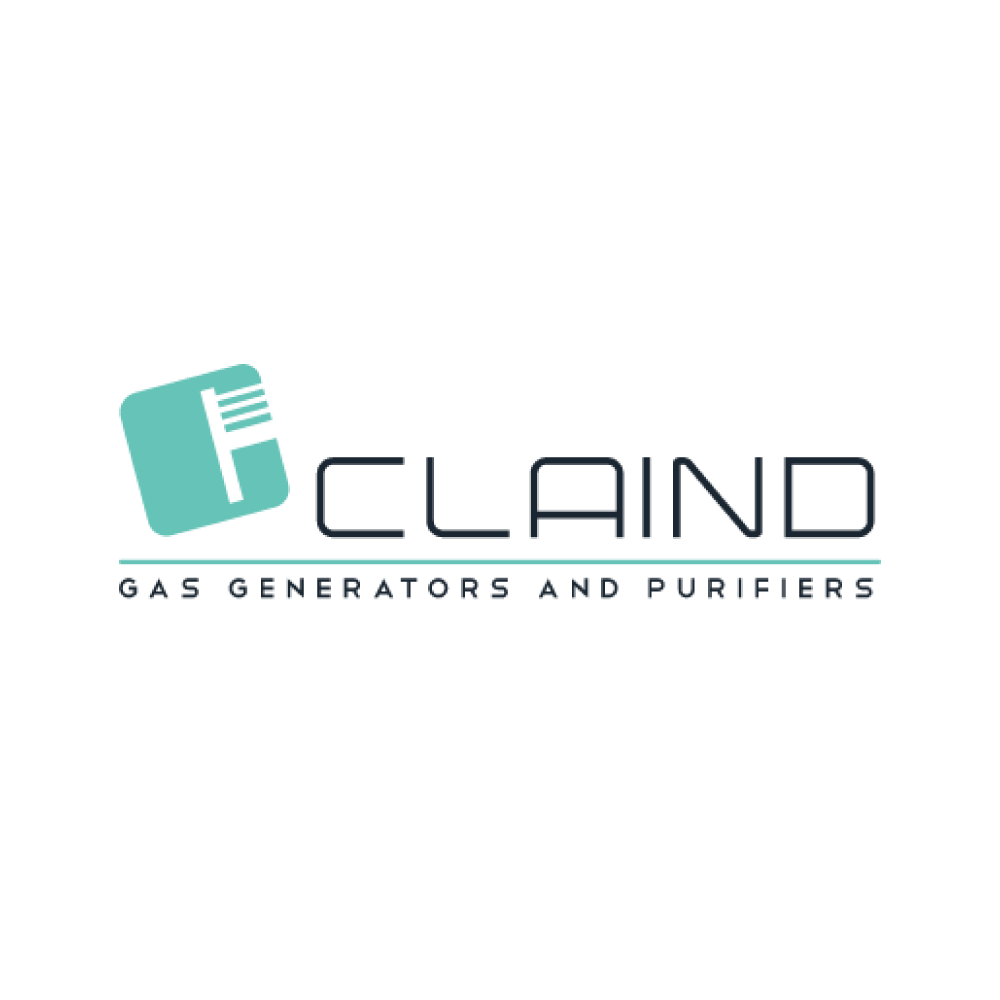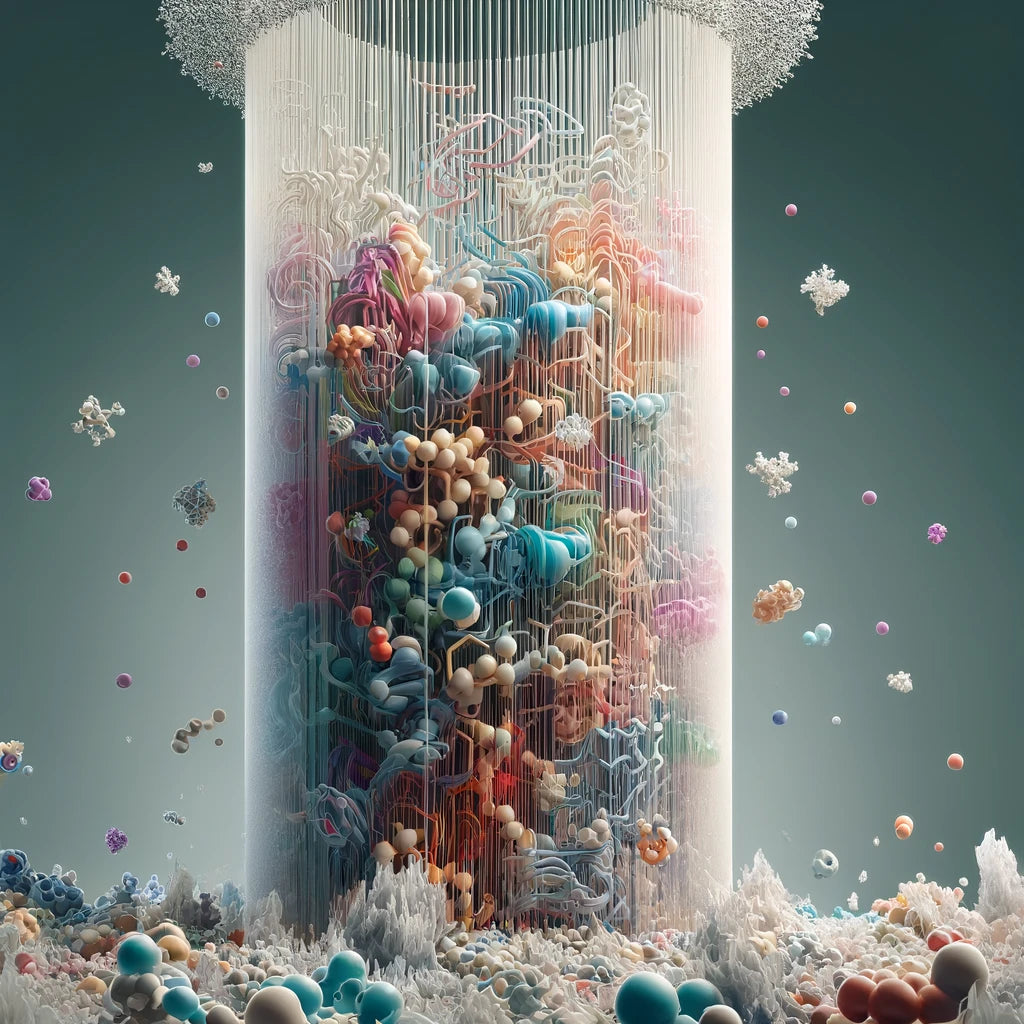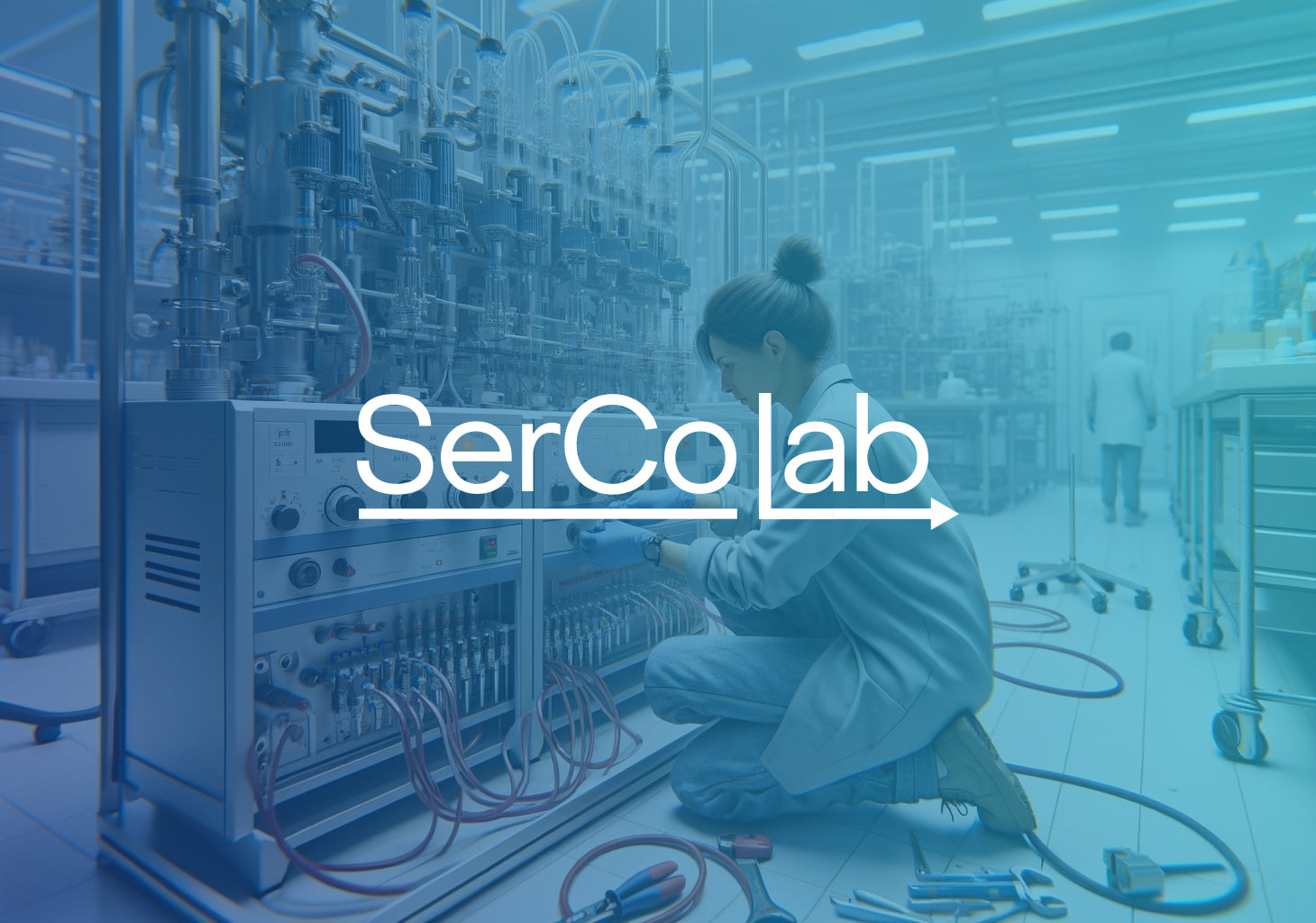Exploring Hydrophobic Interaction Chromatography (HIC): A Key Tool for Protein Purification
Hydrophobic Interaction Chromatography (HIC) is an effective and widely utilized technique in the purification of proteins based on their hydrophobicity. This chromatographic method exploits the hydrophobic properties inherent in biomolecules, making it essential for researchers and professionals in biotechnology, pharmaceuticals, and biochemical analysis. Understanding how HIC works and how to optimize its use can significantly benefit your laboratory's capabilities, especially in Belgium's burgeoning biotech sector.
What is Hydrophobic Interaction Chromatography?
Hydrophobic Interaction Chromatography separates proteins on the basis of their hydrophobic surface interactions. Unlike other chromatographic techniques, HIC is performed under conditions that promote the retention of the protein's native state, making it particularly useful for functional assays. In HIC, proteins are adsorbed to a hydrophobic matrix under high salt conditions and eluted by decreasing the salt concentration, which reduces hydrophobic interactions.
Key Applications of HIC
- Protein Purification: HIC is ideal for purifying proteins that are difficult to separate by other means due to its ability to maintain the native state of proteins.
- Antibodies: It is particularly effective in purifying antibodies, including monoclonal antibodies, from complex mixtures such as cell culture supernatants.
- Vaccine Production: HIC is used in the downstream processing of vaccines, helping to purify viral proteins efficiently.
Advantages of Hydrophobic Interaction Chromatography
The benefits of employing HIC in your purification protocol include:
- Preservation of Protein Structure: HIC does not require harsh conditions, thus preserving the biological activity of proteins.
- High Selectivity and Efficiency: The technique offers excellent selectivity and can be very efficient in separating proteins based on subtle differences in hydrophobicity.
- Scalability: HIC can be scaled up from analytical to preparative scales, maintaining effectiveness and efficiency, suitable for both research and industrial applications.
Choosing the Right HIC Media
Selecting the appropriate chromatography media is crucial for achieving optimal results in HIC:
- Resin Selection: Choose resins with the appropriate hydrophobicity and particle size to match the characteristics of the target proteins.
- Column Parameters: Consider column dimensions and operational parameters to enhance resolution and throughput.
Optimizing HIC Conditions for Enhanced Purification
- Salt Type and Concentration: The choice of salt and its concentration in the mobile phase are critical as they affect the strength of hydrophobic interactions.
- pH and Temperature Control: Maintaining optimal pH and temperature is essential for protein stability during the purification process.
Conclusion
Hydrophobic Interaction Chromatography is a versatile and powerful tool in the toolkit of protein purification techniques. With its ability to handle delicate proteins and provide high purity, HIC is indispensable in the fields of drug discovery, therapeutic protein production, and other biotechnological applications. As the demand for precise and gentle purification methods grows, HIC's role in advancing scientific research and production capabilities continues to expand. For laboratories in Belgium and around the world, implementing HIC could be a game-changer in achieving high-quality protein products.

